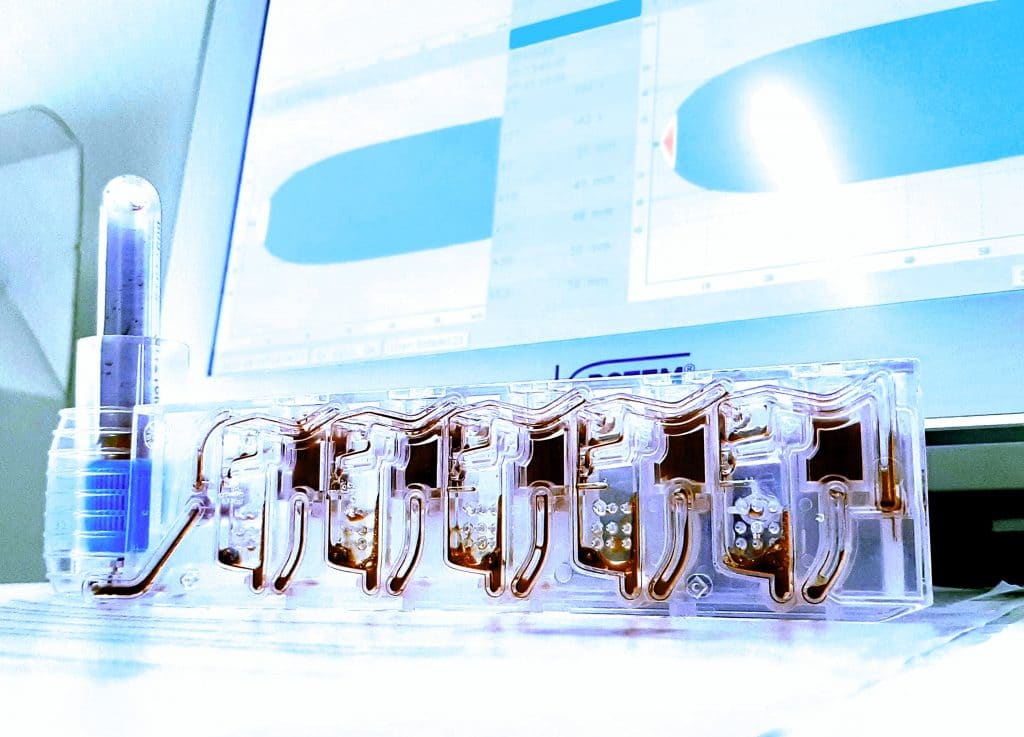Clotting Functional Stability of Withdrawing Blood in Storage for Acute Normovolemic Hemodilution: A Pilot Study

Purpose
This study was conducted to time-course changes of clotting function of withdrawing blood for acute normovolemic hemodilution (ANH).
Methods
Twelve enrolled patients who underwent ANH from August, 2018 to January, 2019. Blood was withdrawn into blood collection pack and shaken at 60–80 rpm for 24 h in room temperature. Clot formation was evaluated using rotational thromboelastometry (ROTEM™) just after blood withdrawal (control) and 4, 8, 12 and 24 h after blood withdrawal. We compared with the control value and each value of extrinsically-activated test with tissue factor (EXTEM), intrinsically-activated test using ellagic acid (INTEM) and fibrin-based extrinsically activated test with tissue factor (FIBTEM).
Results
Maximum clot firmness (MCF) of FIBTEM did not change significantly. MCF of EXTEM was significantly decreased time-dependent manner but all MCF of EXTEM were within a normal range. Maximum percent change in MCF of EXTEM was 12.4% [95% confidence interval (CI): 9.0–15.8%]. The difference in the maximum clot elasticity (MCE) between EXTEM and FIBTEM (MCEEXTEM−MCEFIBTEM) was significantly decrease from 8 h after blood withdrawal. Maximum percent change in MCEEXTEM−MCEFIBTEM was 30.2% (95% CI:17.6–42.9%) at 24 h after blood withdrawal.
Conclusion
Even though the MCE significantly decreased in a time-dependent manner, MCF of FIBTEM and EXTEM was normal up to 24 h storage. The blood of ANH can use for the purpose of hemostasis at least 8 h stored at room temperature after blood withdrawal. Future studies are needed to elucidate the clinical impact on the patient after delayed transfusion of ANH blood with regard to patient’s hemostasis.
